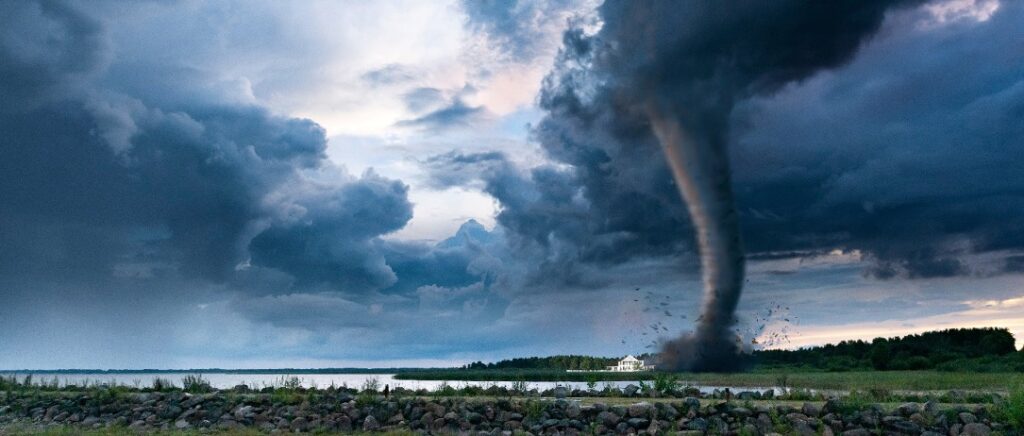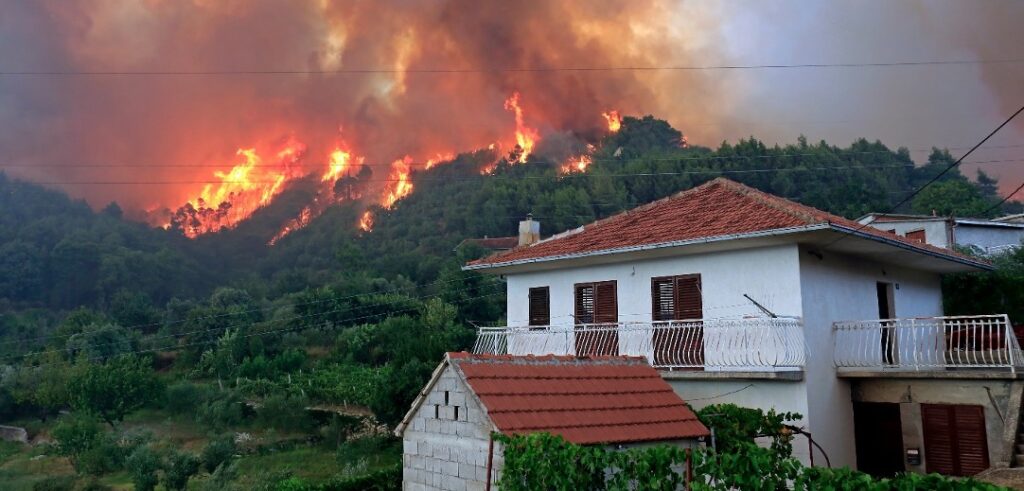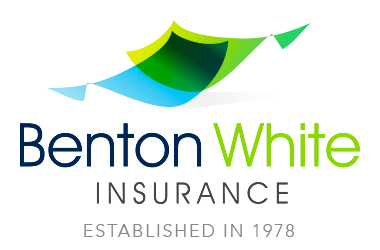Slammed by pricier policies and climate-driven natural disasters, more and more Americans are exposing themselves to risk.
Between the flood of May 2010 to record breaking tornados in 2020 and earlier this year Tennessee is no stranger to natural disasters. Geographically, Tennessee is highly prone to natural disasters being north enough to see snow, southern enough to be impacted by tropical events, and in the middle of tornado alley. A recent study on the changes in tornado risk found that “the Mid-South has experienced a notable increase in tornado risk over the last 40 years.” (Strader) That same study notes that severe convective storms such as wind, large hail, and tornados are responsible for about half of the United States’ billion-dollar weather disasters since the eighties with tornados presenting the most risk. This puts into perspective how influencial storms and other natural disasters are on the safety of ourselves and our homes.
These disasters put all of who own homes or have some type of property insured atd families at risk just as much as insurance carriers who face the brunt of the financial burdon that is rebuilding after dissaster. Here at Benton White Insurance, the number of filed claims are running HIGH this year which is indicative from insurance companies around the country. Because of all of this, insurance companies are pulling their services out of areas seen as high risk for natural disasters. It’s hard to predict when these disasters might strike which makes it all the more important to regularly check and update policies with new purchases or additions.

For example, Jamie Lafollette found out State Farm was dropping her policy while reading her news. After she saw a story about the insurer pulling out of Santa Cruz County and that would affect the insurance on her longtime home, she called her agent to confirm that her plan would lapse — setting off a desperate search for a replacement policy that is ongoing. “Our first quote came in at over $10,000 a year, and that was bare bones coverage,” she said. “And then I kept pressing, contacting other brokers … contacting all these weird companies you’ve never heard of.”
But those quotes were even higher, coming in between $17,000 and $25,000, she said.
Lafollette lives near Soquel, which lies near Monterey Bay and its picturesque view of the Pacific Ocean. The location’s trade-off is the forest that surrounds her home, bringing with it the ever-growing threat of wildfire.
It also makes homeowners insurance essential. But the prices Lafollette was quoted are well out of her budget. “I’m at the point where I don’t know if I can keep my home,” she said. Homeowners like Lafollette have few good options.
One 2023 estimate, released by the industry group Insurance Information Institute, concluded that 12 percent of homeowners had no insurance in 2022, up from just 5 percent in 2019.
Another more recent study, released by the Consumer Federation of America in March, reported a lower share of uninsured — 7.4 percent — but that estimate is based on 2021 data from the American Housing Survey, which the Census Bureau conducts every two years. The organization will revise that share upward once 2023 numbers come out, said the CFA’s director of housing, Sharon Cornelissen.
Most uninsured homeowners are those who have paid off their mortgage and are no longer required to have insurance. Among those who own their home outright, the CFA estimates roughly 14 percent are uninsured, with low-income and minority homeowners especially at risk. Among mortgage holders, only 2 percent opt to go without coverage.
Experts say this trend is driven by the escalating threat of climate change — which has forced insurers to make larger and larger payouts — and skyrocketing housing prices. Both trends are pushing the cost of policies up. On average, home insurance policies rose 11.3 percent in 2023, according to S&P Global.
Compounding the problem, some insurance providers are pulling out of disaster-prone areas as a result of rising payouts — leaving former policyholders with fewer and more expensive alternatives.
No good options
Homeowners like Lafollette say they’re not going without insurance by choice. When their policies are discontinued, they’re unable to find an alternative.
Such a decision carries great risk, said Mark Friedlander, director of corporate communications for the Insurance Information Institute. “It’s very unrealistic for any homeowner to think they can pay for catastrophic losses out of pocket,” he said.
The uptick in homeowners forgoing coverage is especially striking given that lenders require mortgage-loan applicants to carry insurance.
In extreme cases, a homeowner’s decision to stop paying for a policy can be considered a form of default and even lead to foreclosure, Friedlander noted.
A more common route is that a bank will simply select a plan and impose the costs on the uninsured homeowner. But that coverage is unlikely to cover natural disasters, Cornelissen said.

Priced out
Homeowners who have been dropped from their policies have few substitutes in an increasingly expensive market.
Lafollette’s husband is a disabled veteran, and the family has developed a support network in Santa Cruz, which makes moving a less-than-ideal option. For now, their community has invested in expensive upgrades intended to reduce fire risk, with the hope that it can persuade insurance companies to continue their policies.
“It was very hard to convince our community to buy in to do these things,” Lafollette said.
“[But] none of us can afford to lose our insurance. And we thought if we do these things, we won’t lose our insurance.”
The statistics don’t fully capture the extent of homeowners’ dilemma.
Here at the agency, we are watching all of this very closely. All of my companies are still insuring in Tennessee and haven’t pulled out. One company is doing what we call “limiting saturation” in a particular area/zip code because of loss histories in that area. We have some insureds/prospective customer that we rate in that particular company get refused in quoting their business because of where they live. We see that loosening up maybe a little more before the end of 2024. But for now, that is a tactic one company continues to focus on to improve their losses/claims.
We’re here to help and part of that is broader information like this blog to give you an overall perspective of where this insurance market is right now. Feel free to call us at 615.377.1212 or email us at info@BentonWhite.com. We’re treating people as we want to be treated and WE HAVE TIME FOR YOU! And if you aren’t a part of our customers, JOIN US! We would love to earn your business too!
Thanks for reading our weekly blog!
Portions of this blogs are written by Patrick Cooley from Yahoo Finance and Strader, S.M., Gensini, V.A., Ashley, W.S. et al. Changes in tornado risk and societal vulnerability leading to greater tornado impact potential. npj Nat. Hazards 1, 20 (2024). https://doi.org/10.1038/s44304-024-00019-6
This was edited for Benton White Insurance by Maggie C. Howard!





